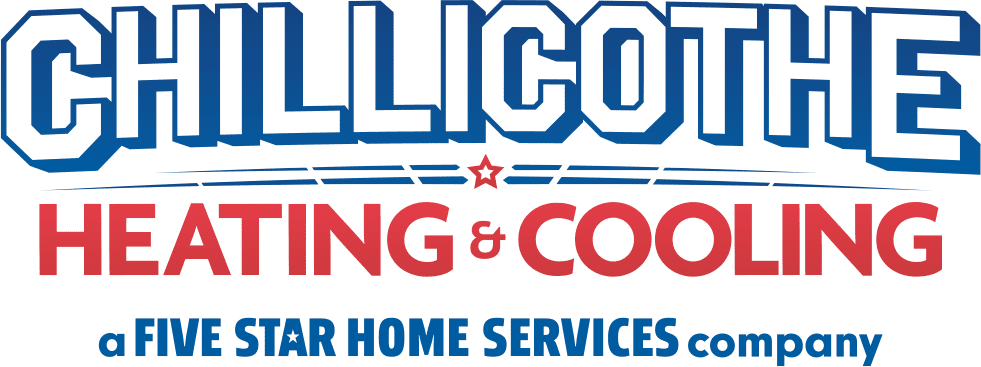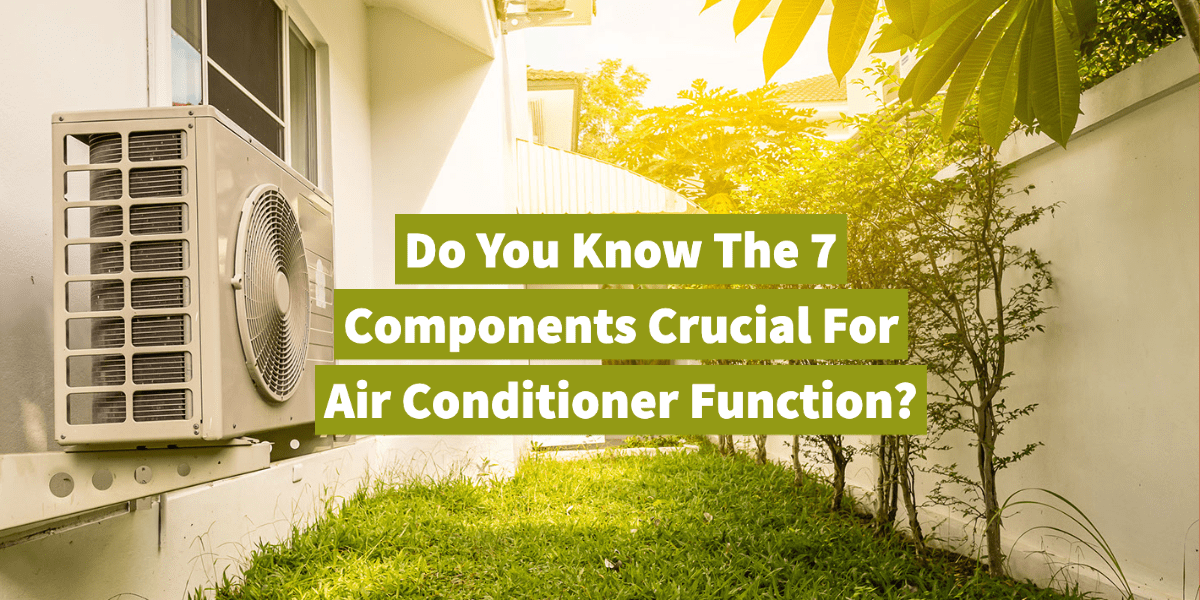When temperatures rise, and your air conditioner starts blowing warm air instead of cool air, chances are you have already picked up the phone to call in your local heating and cooling experts at Chillicothe Heating & Cooling. But what should you do in the meantime? Well, while you’re waiting for your technician to swoop in and save the day, it’s not a bad idea to kick up your feet and use this time to familiarize yourself with all the components that make up your cooling system. Your air conditioner may act as a whole, but multiple parts work together to successfully produce cold air and keep your home at a comfortable level. As a homeowner, this information may just prove useful to you!
What Are the 7 Components Crucial For Air Conditioner Function?
1. Air Filter
Before the cold air is distributed through your ductwork, it passes through your system’s air filter, where contaminants and airborne particles are removed from the air. This process not only protects your system from loose debris but it ensures sufficient airflow and maximizes your air conditioner’s efficiency. In addition, properly filtered air is a major factor for you and your family’s health and well-being.
2. Evaporator Coil
This is located inside your air handler or close to it. Refrigerant is designed to flow through your system, and just before it enters the evaporator coil, it is cooled down to a lower temperature. So as warm air from your house is taken in by the unit, it is blown over the cooled evaporator coils, which accordingly absorbs the heat.
3. Blower Fan
The blower fan is positioned behind the evaporator coil so that when the aforementioned warm air is drawn into the cooling unit and cooled down, the blower fan then jumps into action by blowing the cooled down air out of the system, thus resulting in reduced air temps within your home.
4. Compressor
This is the component that transfers the cooling refrigerant from the copper tubes to the evaporator coil and then to the outdoor condenser coil.
5. Condenser Coil
When refrigerant travels through the condenser coil located in the outdoor unit, it takes the absorbed heat from your house and releases it outdoors.
6. Expansion Valve
The expansion valve is located in the space between the evaporator and condenser. As a result, when the refrigerant changes from gas to liquid form, it no longer has the ability to absorb heat. When the refrigerant reaches the expansion valve, it expands into a gaseous substance. By utilizing a drop of pressure, the refrigerant is able to cool down rapidly. This valve’s process causes the refrigerant to swiftly chill. Then the gaseous, cooled refrigerant then resumes its trip into the evaporator coils, where the entire A/C process is repeated.
7. Thermostat
The thermostat is the component most homeowners are acquainted with, as of course, it is how you operate and control your home’s HVAC system. Using the different buttons and settings, you can maintain what level of temperature you would like to keep your home at.
We hope that this has helped you better understand how your AC functions. Then, if anything ever arises with your cooling system, you will now understand a little better what may be going on with your unit. And don’t forget; we specialize in emergency services for your HVAC system. So, if anything suddenly goes awry, your experts at Chillicothe Heating & Cooling are just a phone call away! Call us at (740) 281-2186, or click here to schedule an appointment now!





